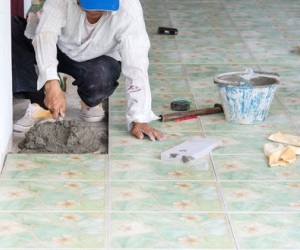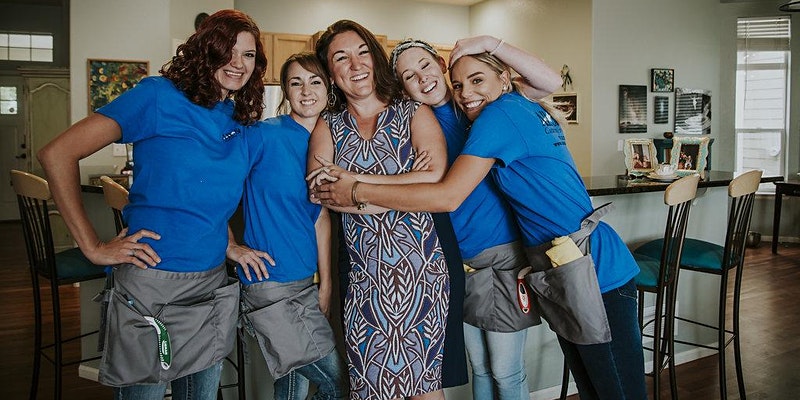LVT floors are the result of high-tech innovations developed in the late 1990s. They were officially introduced in October 2006 by different manufacturers.
Usually the Powr-Flite Troubleshooter focuses on floor care challenges and how to resolve them. But this month’s Troubleshooter discusses a floor care trend that cleaning contractors should be aware of: LVTs, or luxury vinyl tile floors.
LVT floors are the result of high-tech innovations developed in the late 1990s.
They were officially introduced in October 2006 by different manufacturers. However, their acceptance in commercial facilities has become more widespread in just the past few years.*
What makes these floors exceptional is they have the natural look of stone or ceramic flooring with the resilience and durability of hard-wearing vinyl flooring.
Many people are unable to tell the difference between LVT and actual stone and ceramic flooring, which adds to the benefits of this vinyl flooring option: durability, easy maintenance, and moisture resistance.
The following are some facts cleaning contractors and building managers should know about LVT flooring:
- They are the fastest-growing market segment in the flooring industry
- They come in individual tiles, about 16 by 16 inches, or in planks, about 45 by 4.5 inches*
- LVT floors typically have four distinct layers fused together: a resilient vinyl backing, a vinyl color layer, a photographic film layer, and a urethane or aluminum oxide top layer*
- They are glued to the floor using an adhesive.
- Similar to other vinyl flooring, LVT floors tend to be very durable and can be installed in both low- and high-traffic areas.
- They do not need a floor finish or sealant; in most cases they have a natural luster.
- They are water resistant, making them impervious to spills; however, excessive moisture can cause them to expand and buckle. Because of this, cleaning professionals should use only a slightly damp mop, low moisture floor scrubber or, in a larger spaces, an automatic scrubber that effectively vacuums up and collects moisture as it is used.
- In some cases, LVT flooring satisfies green building standards and earns LEED points in commercial applications. Along with durability and appearance, this is one of the key reasons they are likely to be installed in more commercial locations.
* An asterisk indicates attributes that this can vary by manufacturer.






